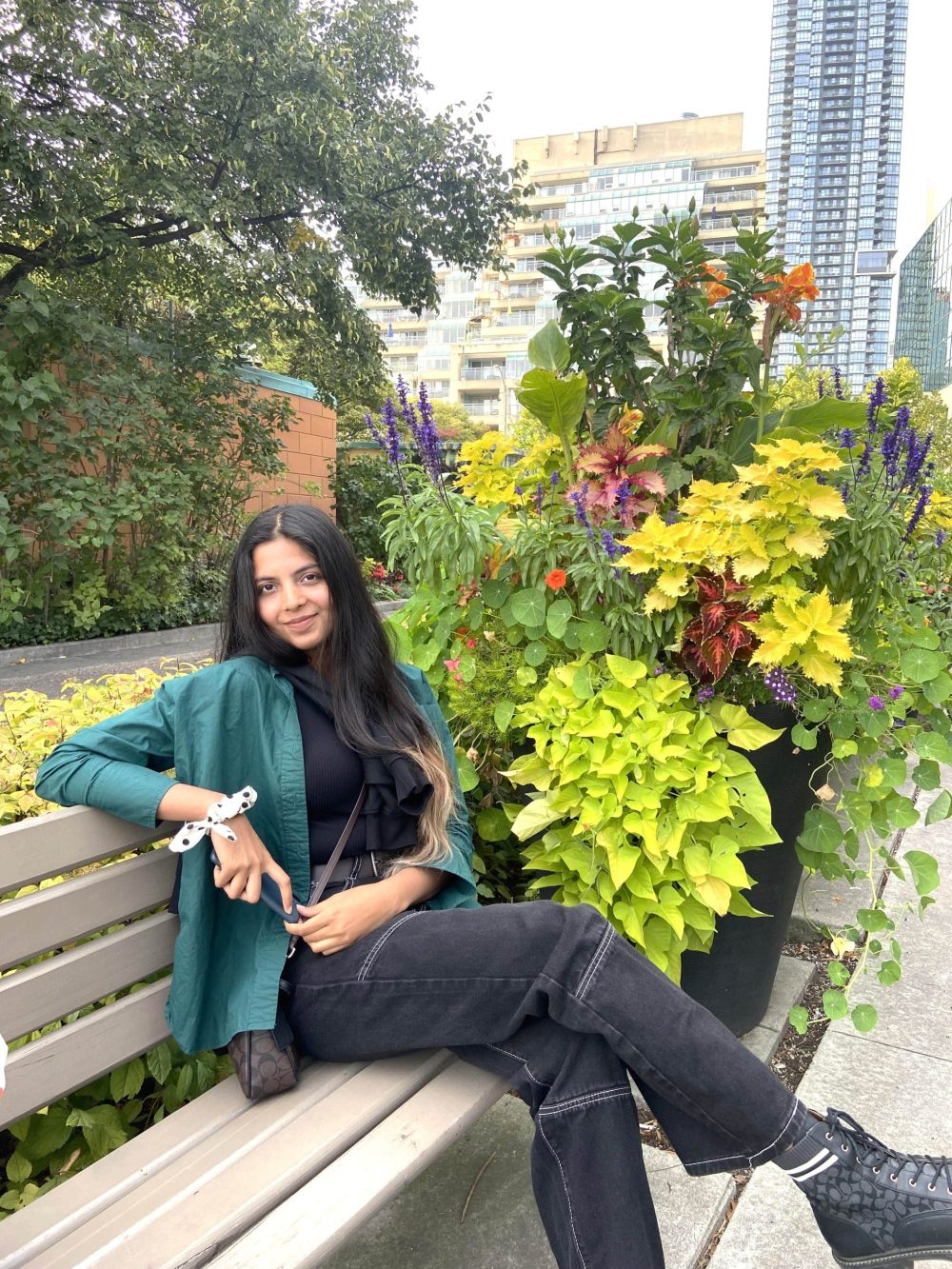- #Accessibility
- #Activism
- #Care
- #Community
- #Conceptual
- #Connection
- #Critical Design
- #Culture
- #Dream
- #Ecology
- #Education
- #Environment
- #Healing
- #Home
- #Industrial Design
- #Mental Health
- #Narrative
- #Participatory
- #Political
- #Practice-based
- #Reflection
- #Relationships
- #Research
- #Security
- #Service
- #Social
- #Speculative
- #Storytelling
- #Sustainability
- #Wellness
Let’s Talk Housing
Kamila Bashir
See it On Campus: Level 2
Visitor InfoRennie Hall
ECU Award Recipient
DESIS Radical Sustainability Award – Winner
Emily Carr Alumni Association Graduation Award for Community Engagement – Honourable Mention
This initiative looks at building a holistic framework for affordable, accessible, and inclusive student housing, serving as a catalyst for change, conversations, and community engagement.
A proposition.
100,000 sq ft of land.
17 floors.
600 Emily Carr students.
Radical Idealism.
A dream…
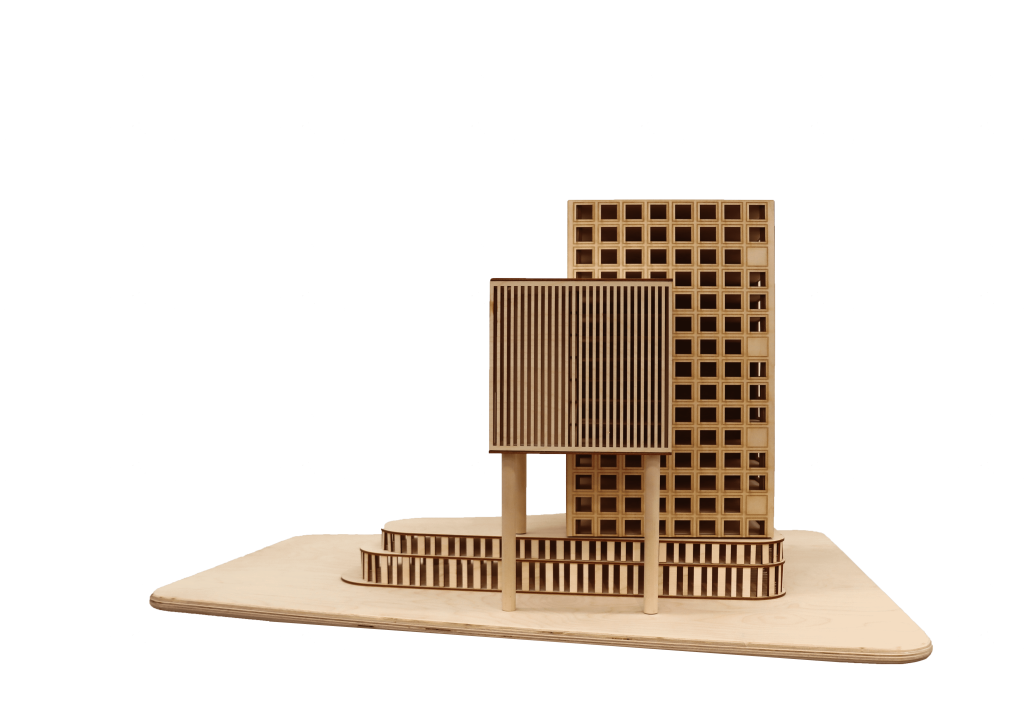
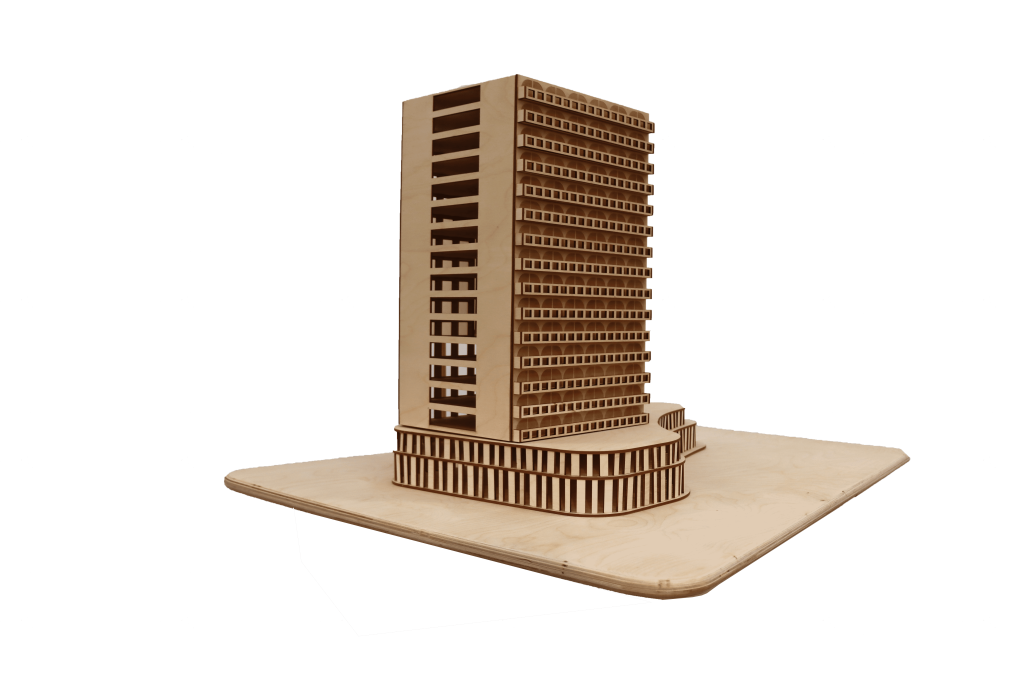
…to grow together
…to learn together
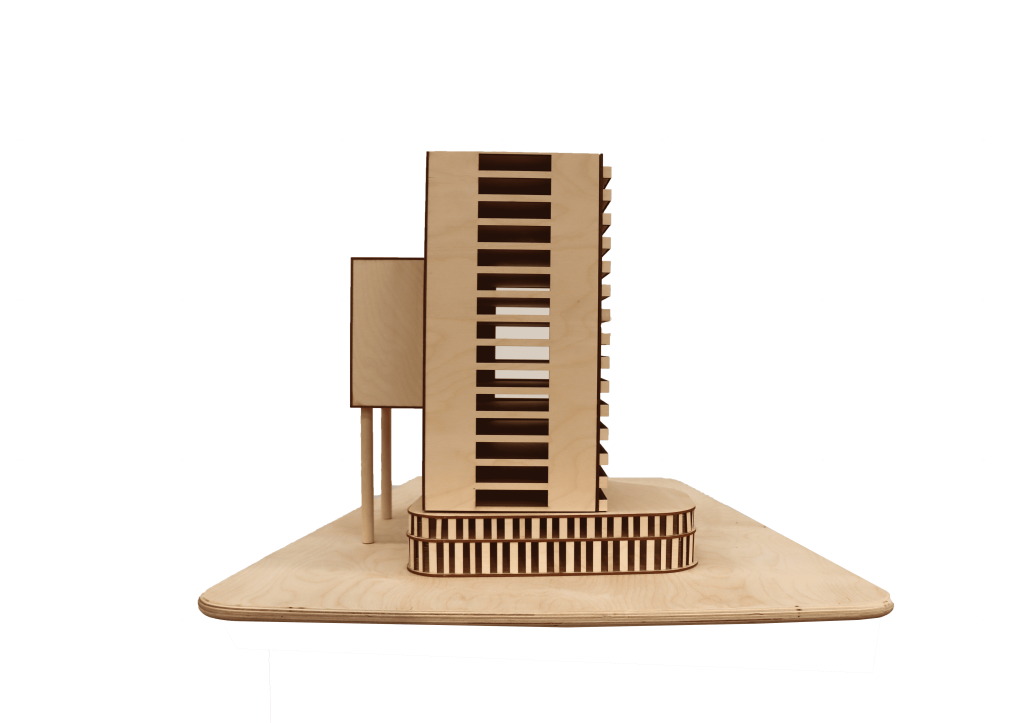

…to build a community
…to create together.
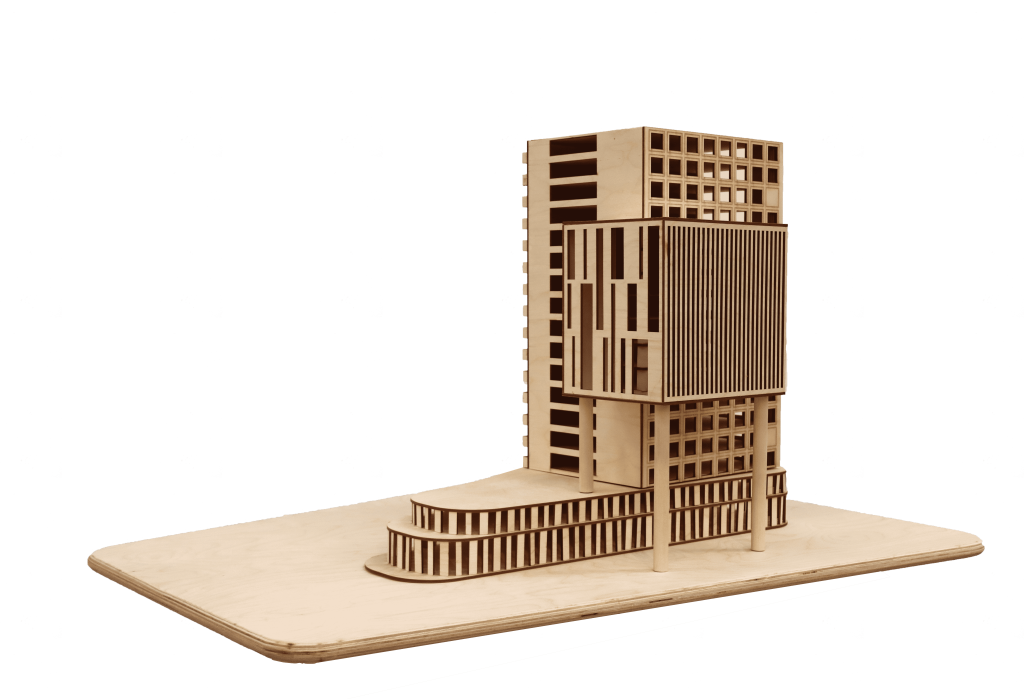
Let’s Talk Housing is a speculative systems design provocation and a community engagement initiative aimed at developing a holistic housing framework for Emily Carr students’. This project utilizes participatory, co-design methods and storytelling, focusing on creating housing models that are accessible, affordable, and conducive to well-being, all grounded in regenerative principles. It acts as a catalyst for change, addressing the pressing issue of student housing affordability and the emotional and logistical challenges involved.
Community Engagement
Surveys
To get a sense of how our student community at Emily Carr is doing with the housing, I asked them how much of their monthly budget do they spend on their rents.
And to my surprise, it wasn’t 60, 70, or 80. It went all the way up to 90%.
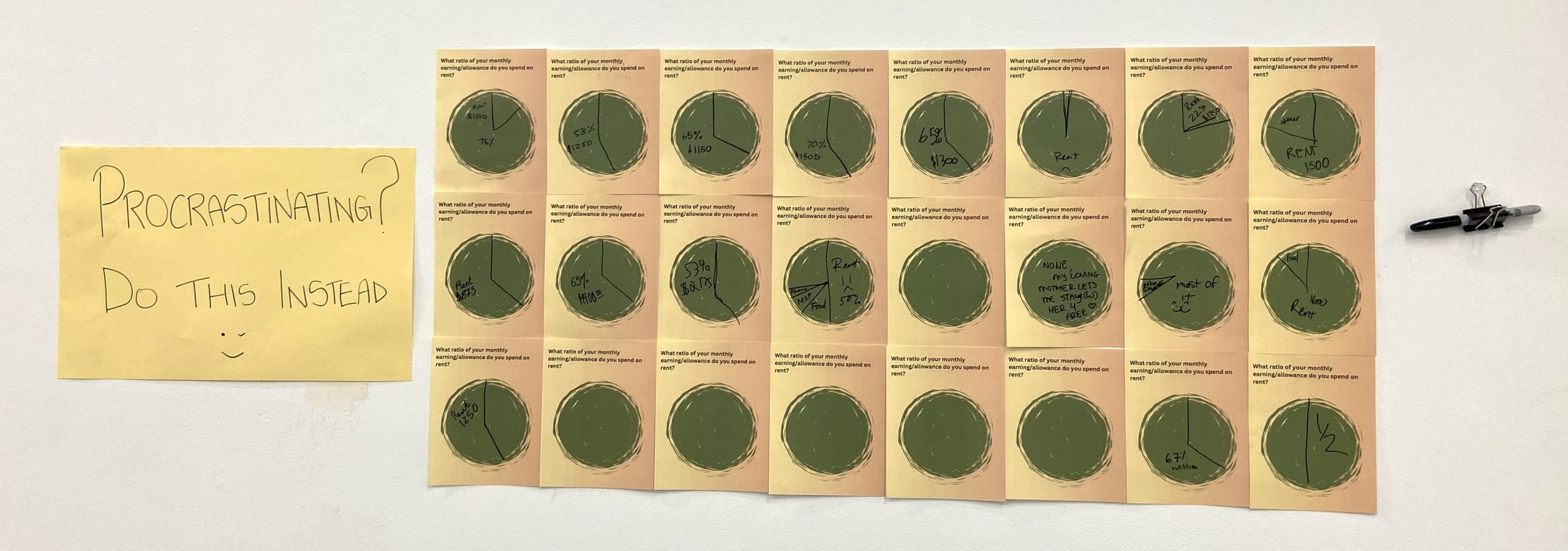
The struggle of students to find suitable housing in an apathetic market is symptomatic of chronic underfunding, pressure on universities, and a lack of government prioritization. This recurring issue disproportionately affects international students, heightening their difficulties in securing stable accommodation. The housing market is characterized by a limited supply and high demand, exacerbated by speculative practices, making affordable housing increasingly unattainable. More than just an economic problem, the housing crisis represents a widespread desire among students for stability as they seek to build meaningful lives in the city.
Workshops
I held a series of workshops designed to get a more personal account of students experiences with the housing crisis.
“Housing affects more than just housing.”-Workshop participant
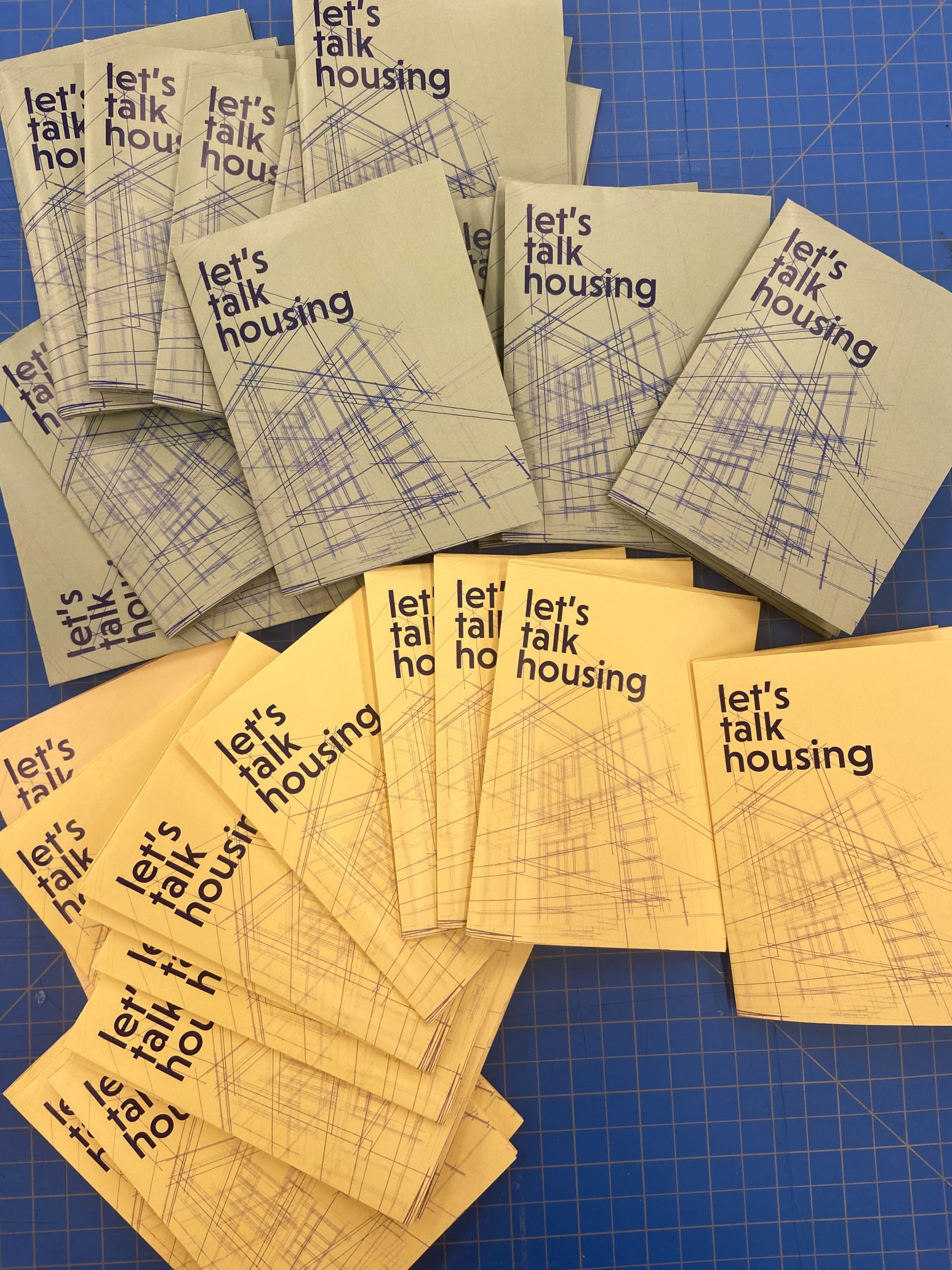
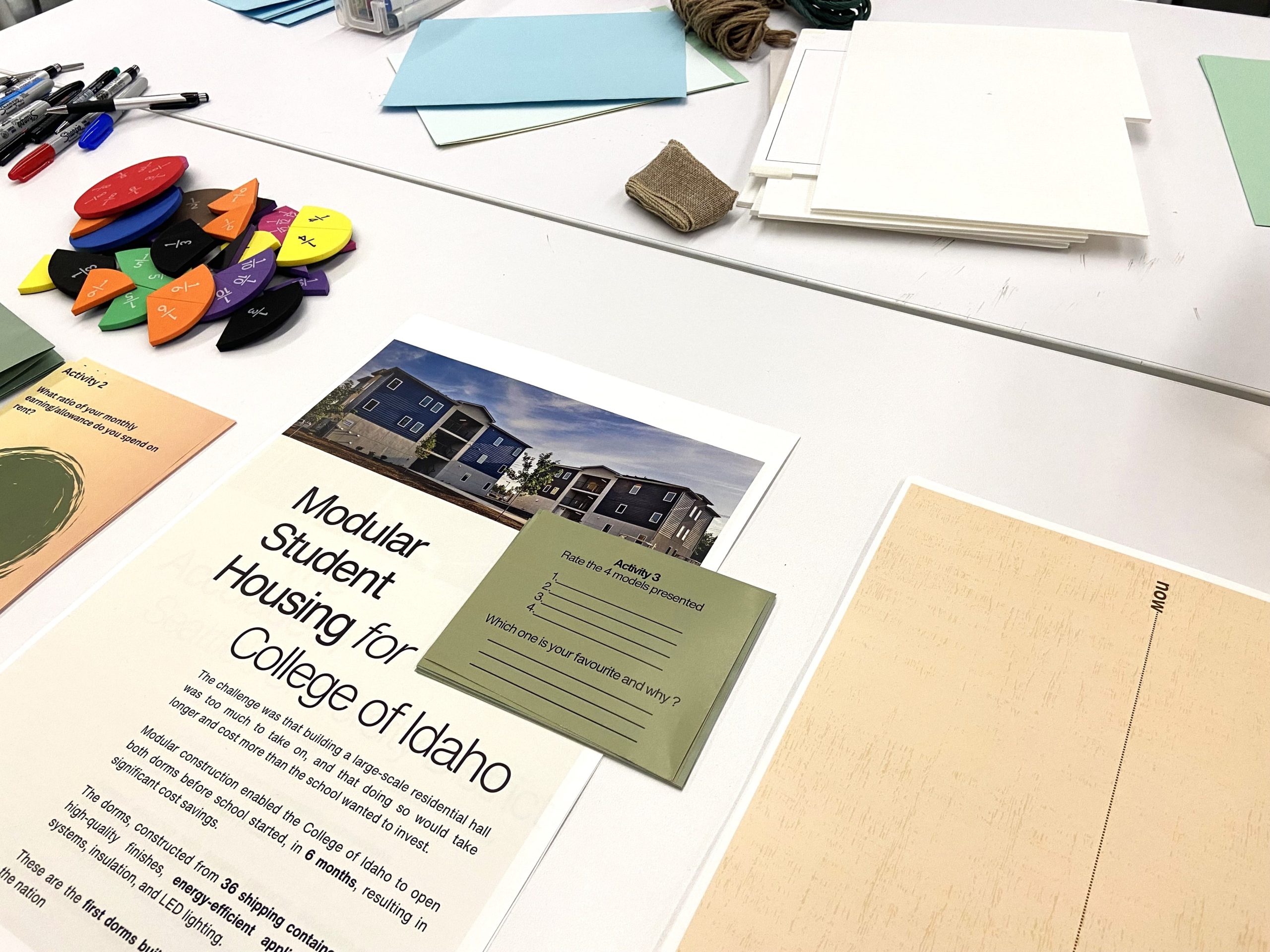
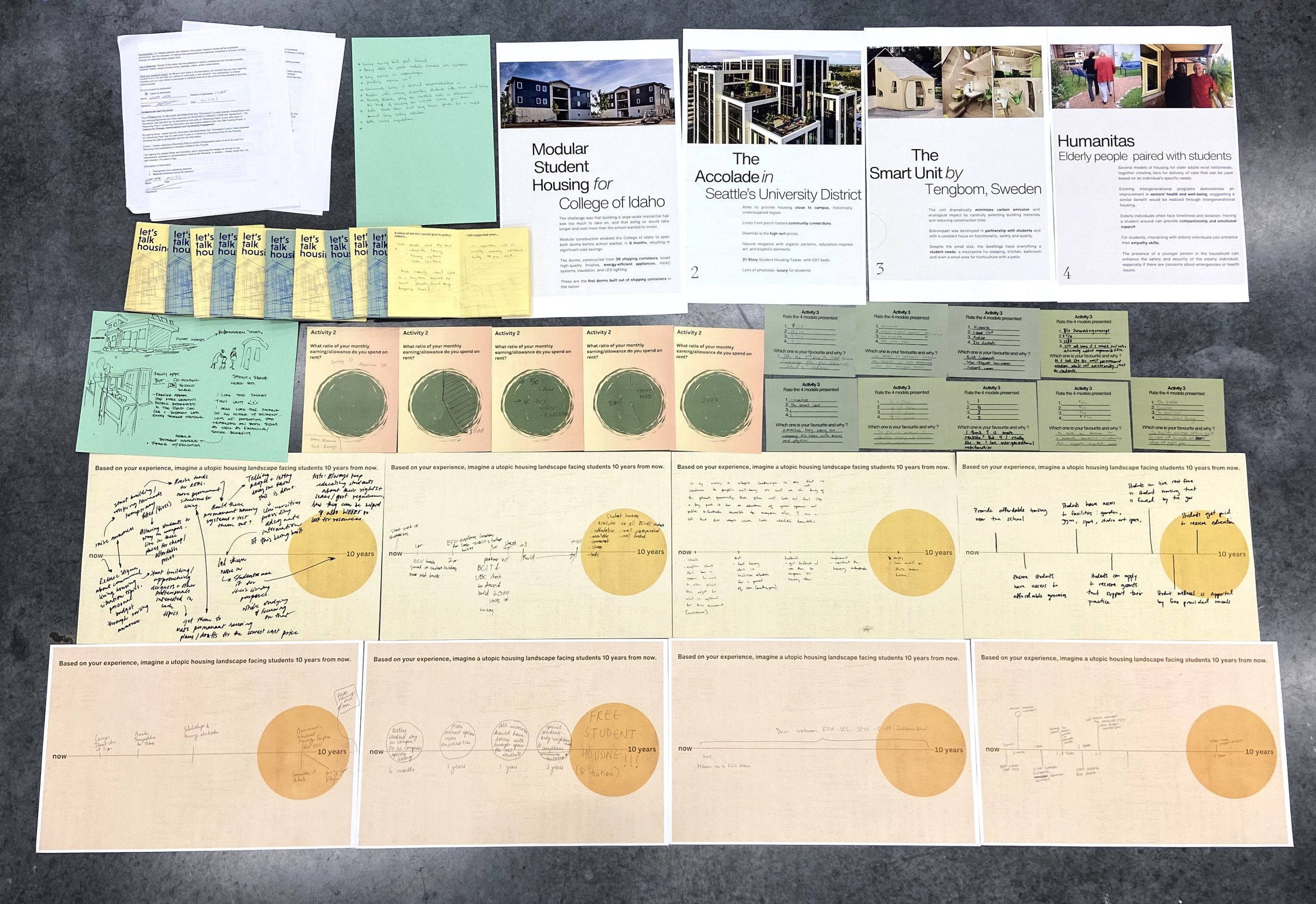
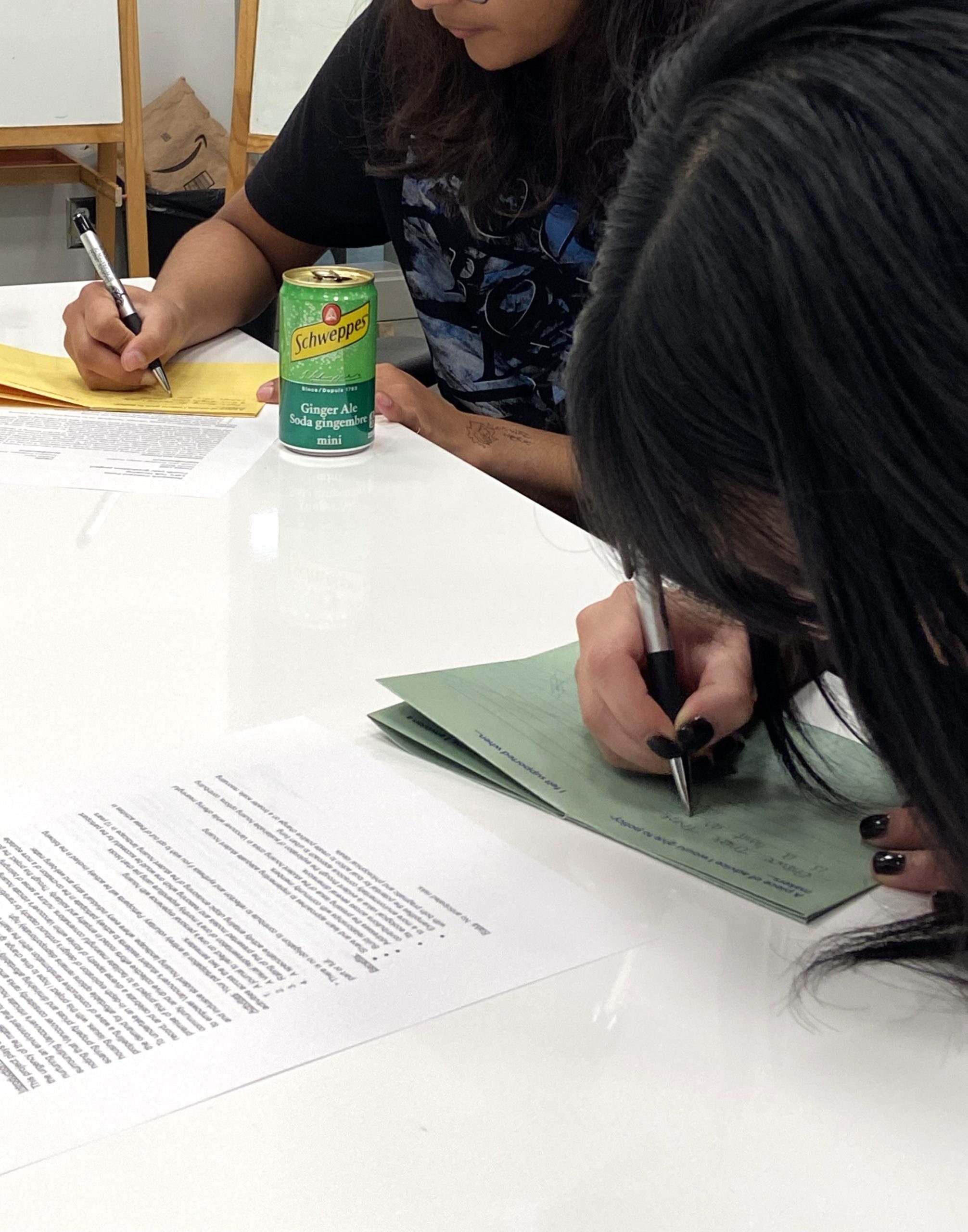

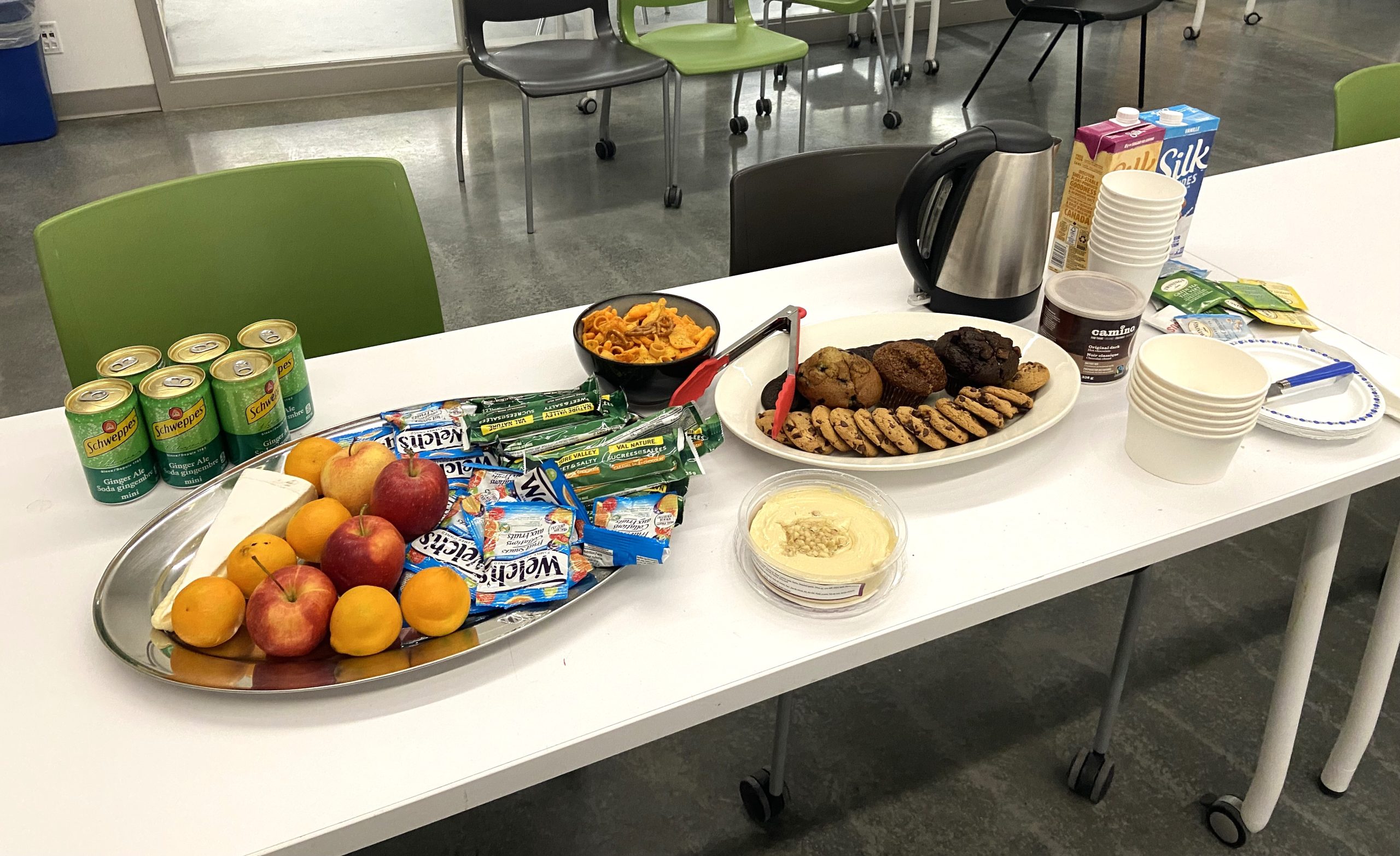
“If I didn’t have to worry about housing, I imagine a life where I can enjoy my passions without constantly feeling anxious.”– Workshop participant
Interviews
I did some interviews with CBC to talk about my experiences, and that of the students at Emily Carr to be able to shed some more light on this issue.
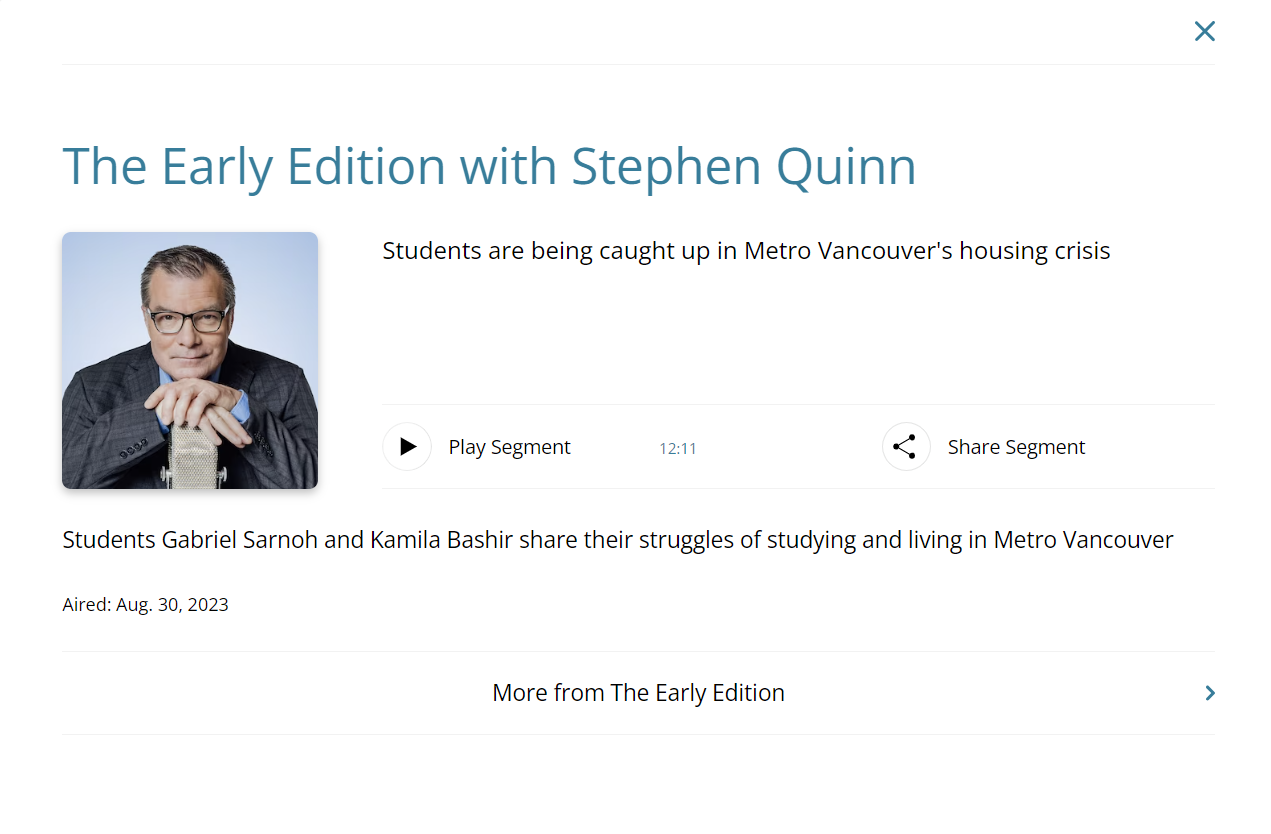
Townhalls
I attended forums where I posed these questions to authoritative figures, only to encounter a disheartening lack of interest and engagement.
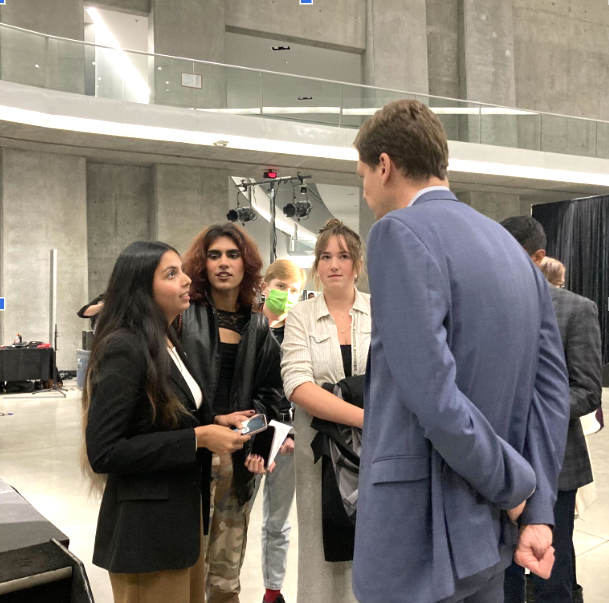
Secondary Research – Environmental Scan
Guiding questions-
What are the issues with the policies?
What are the mechanisms that help students build a community?
What actions can facilitate the use of already available places?
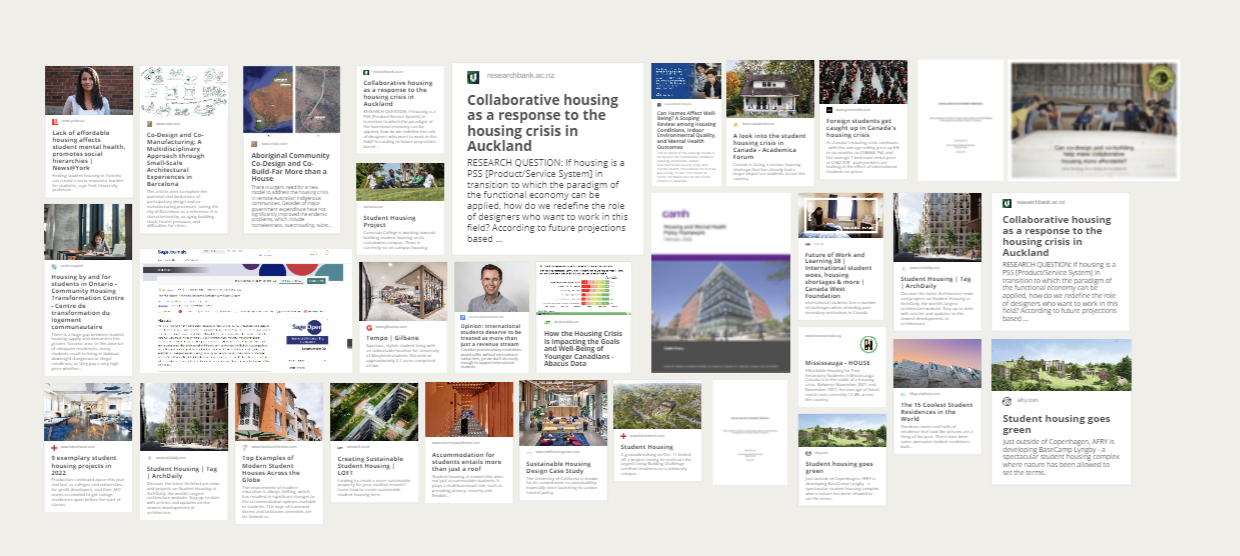
Mapping
Through a series of mapping strategies, I built themes and analyzed the data gathered from the Emily Carr Community.
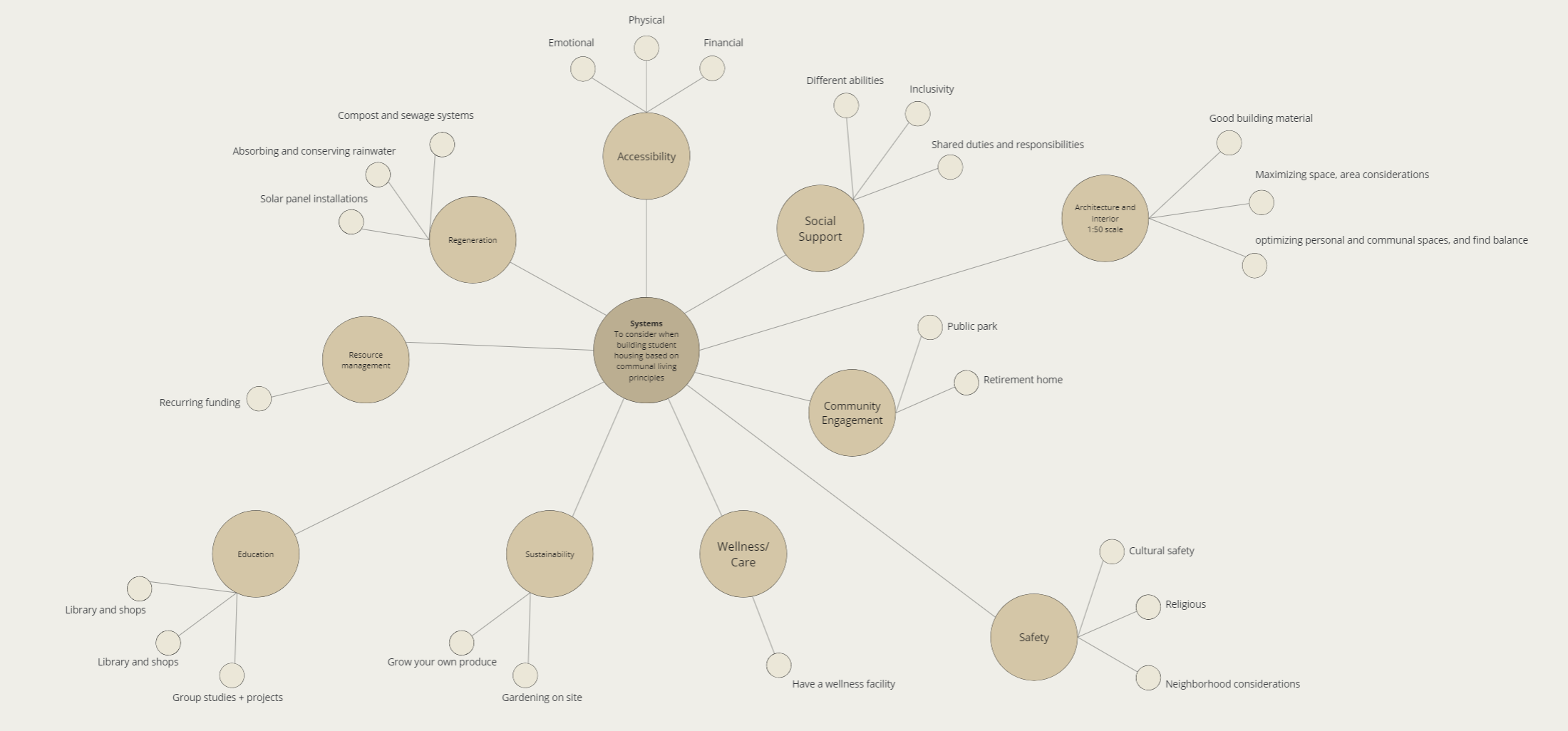
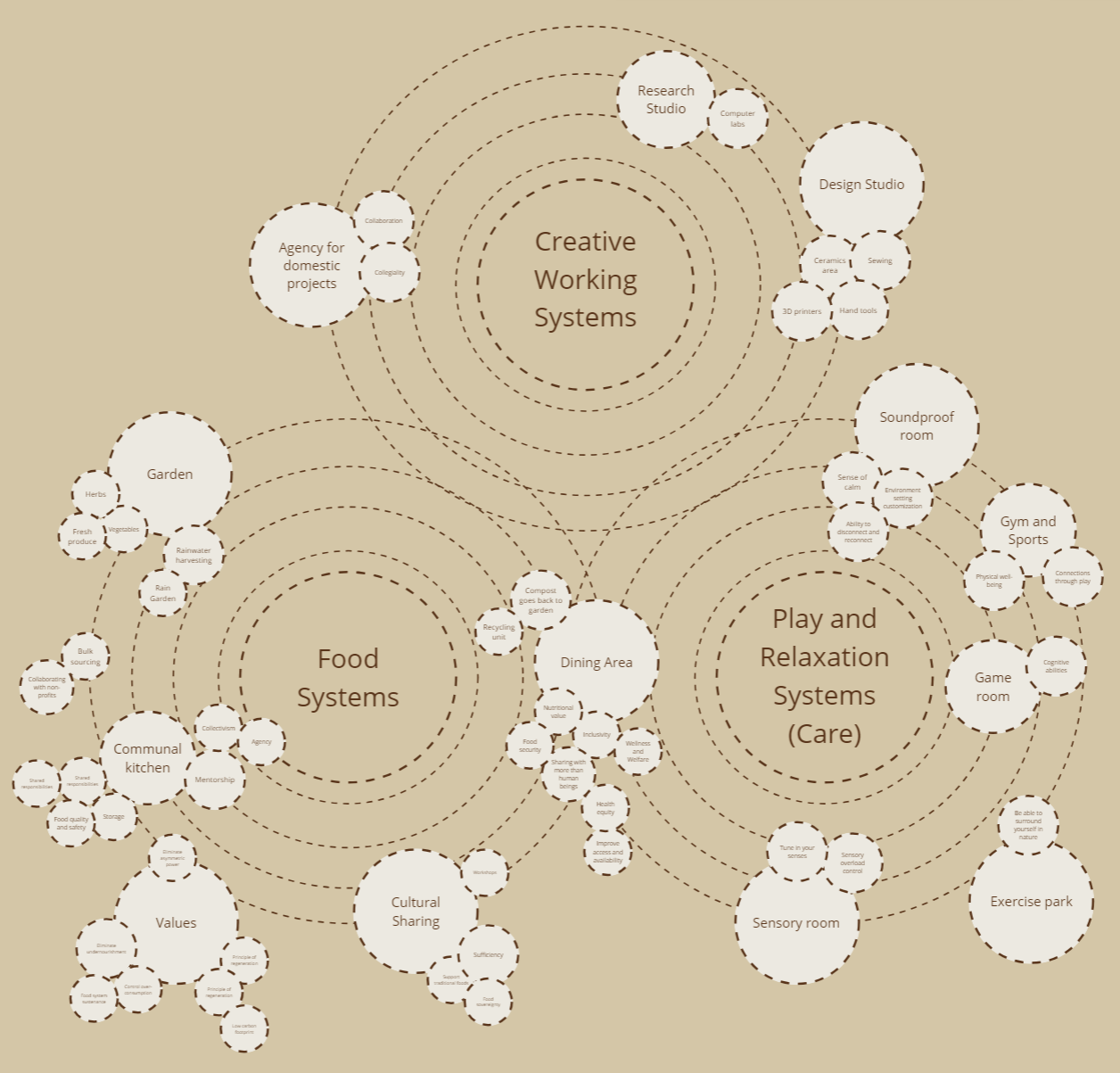
Systems Thinking
Systems, as we understand them, are constructs made up of elements, relations, connections, and flows. These components work collectively to exhibit behaviors at the macro level, often revealing complexities not immediately apparent at the micro level.
In order to address the problem space in a comprehensive way, I felt the need to approach it from a systemic and strategic lens.
So I analyzed the information I had gathered and came up with three system propositions
Food Systems
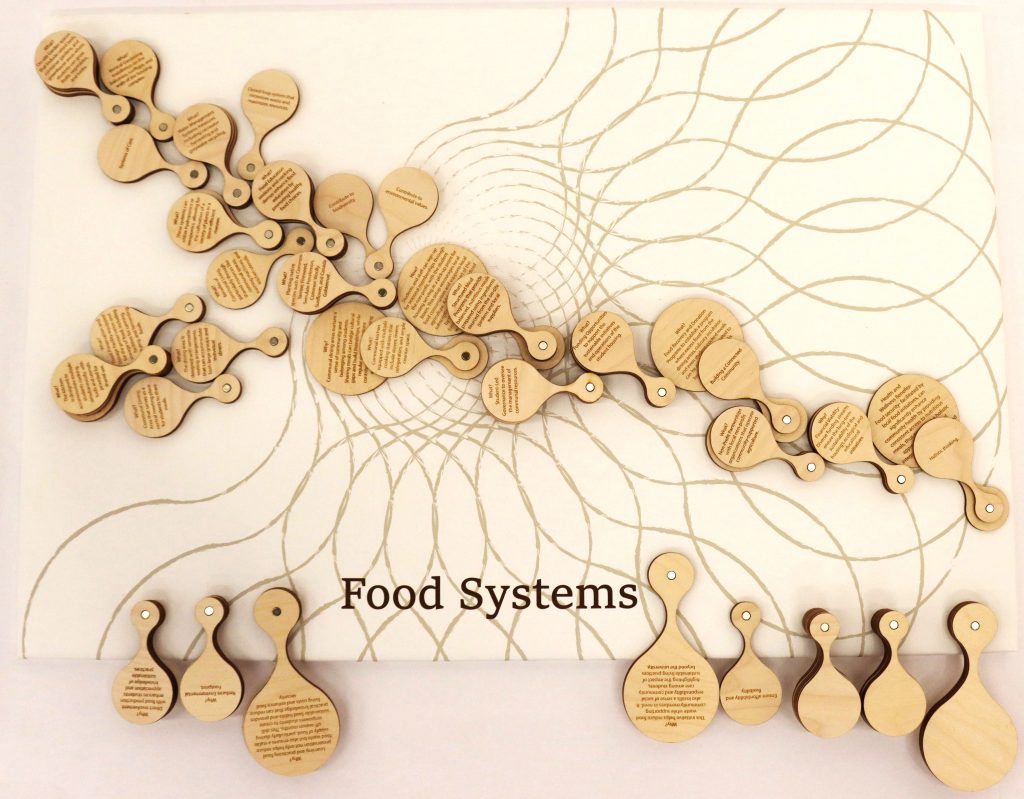
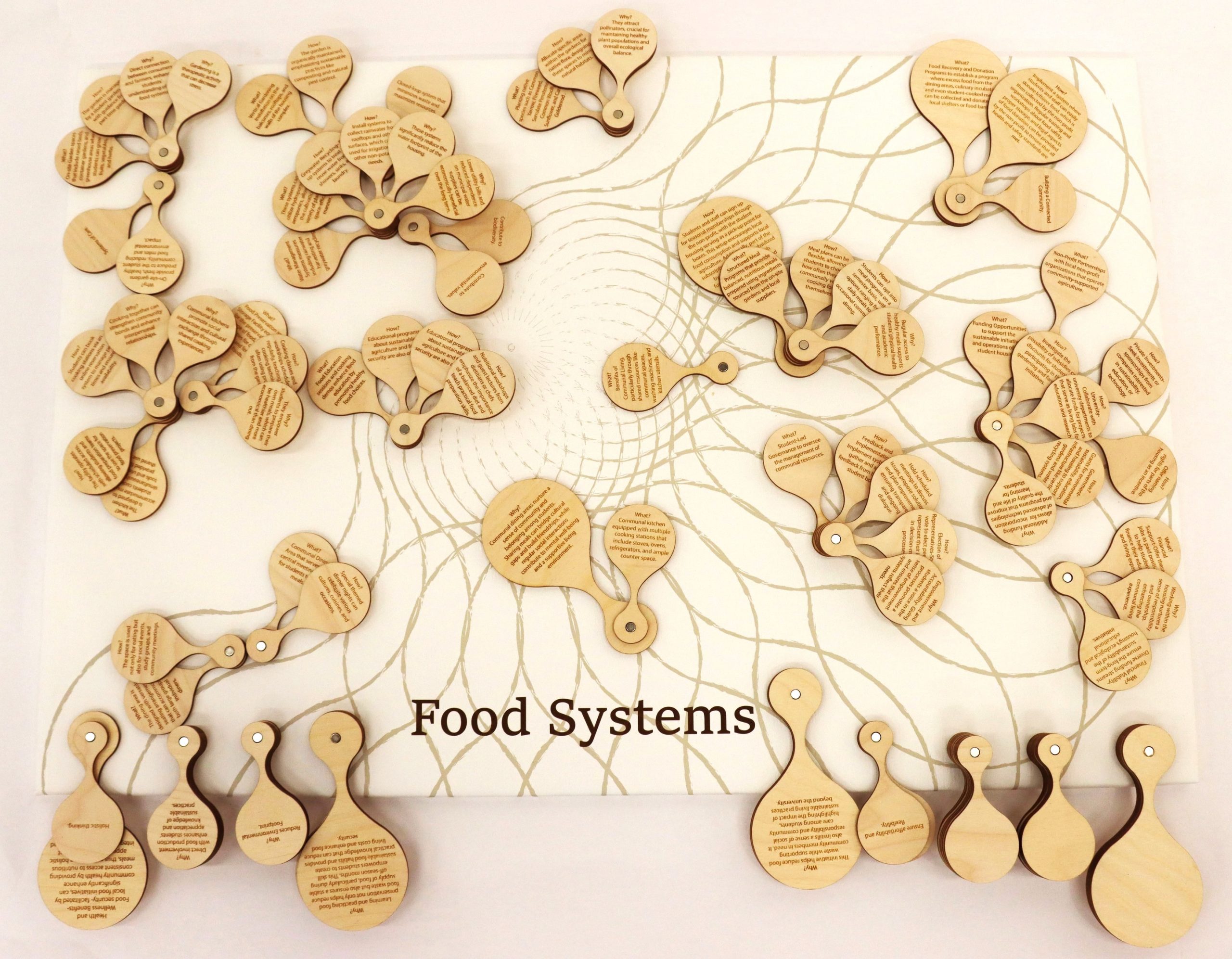

An example from the food system is the suggestion of a structured meal program in our utopic housing framework.
This can be structured as an opt-in program that is both affordable and subsidized, offering participants the opportunity to engage in communal responsibilities in exchange for benefits. Thus, it moves away from traditional monetary transactions toward a model based on service exchange.
Rest and Recreation Systems
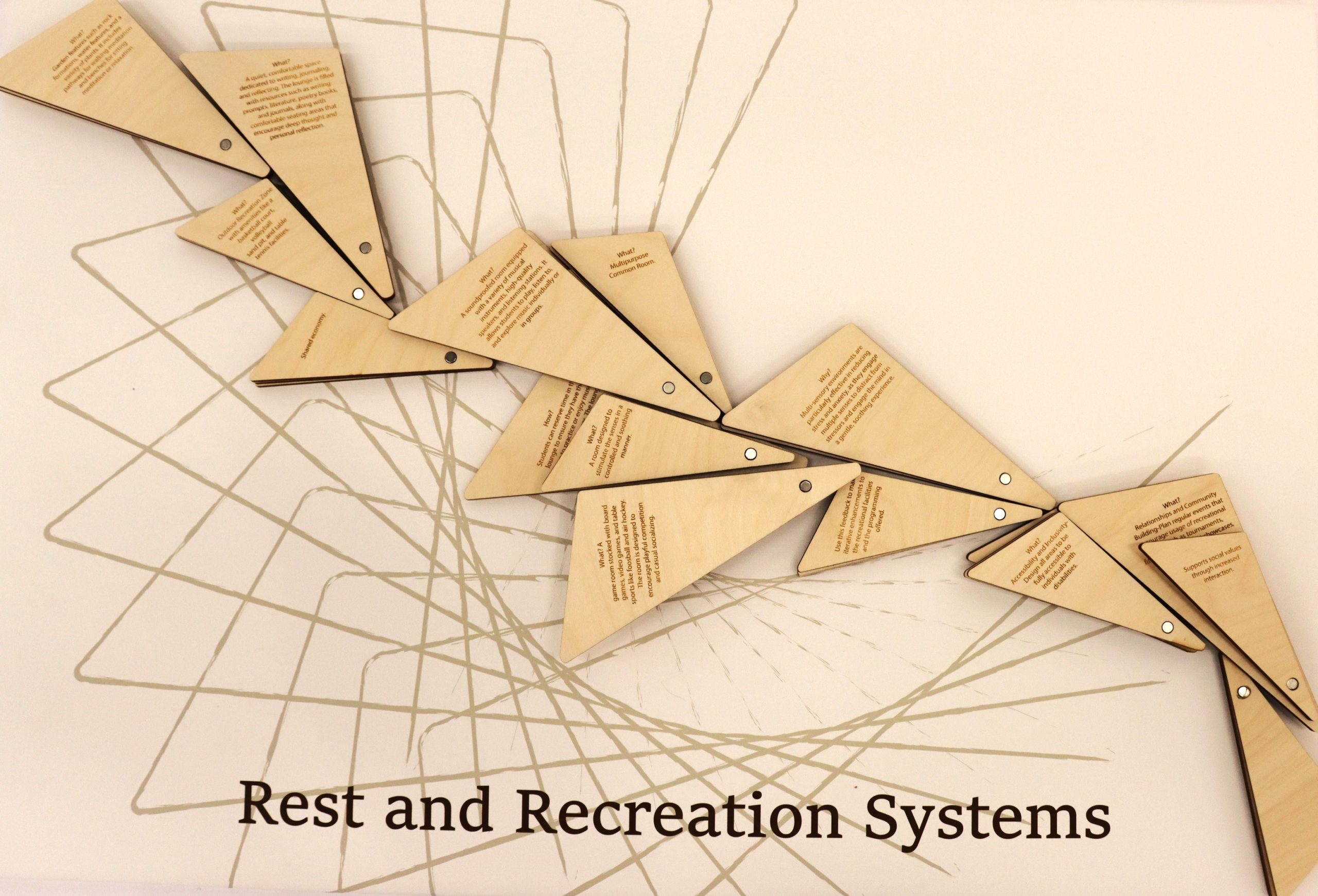
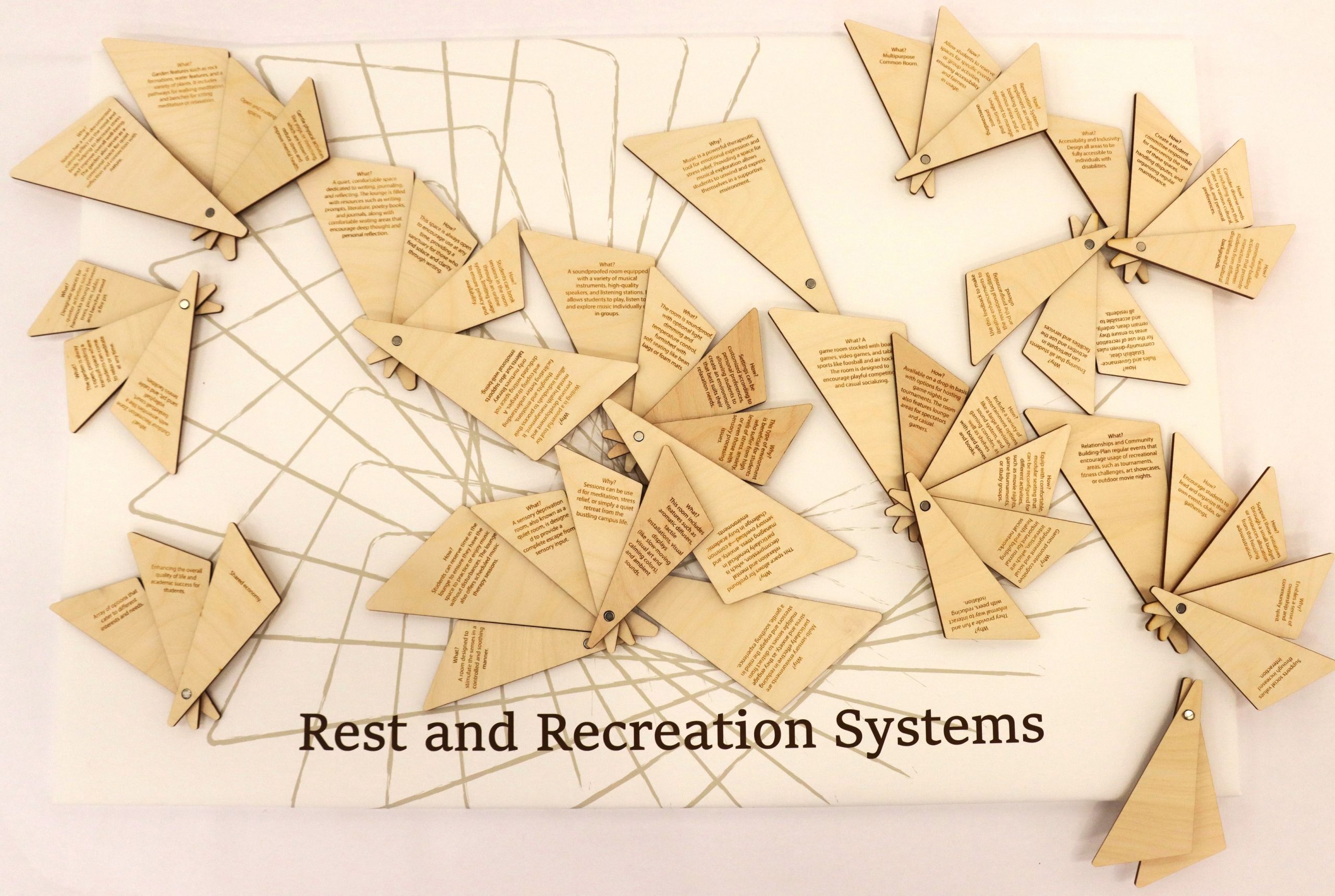

As design student most of us have had a hard time creating a balanced life, being able to rest, have fun, and get decent grades. So, I believe it’s important to have that built in your immediate surroundings, and a framework that enables you to create a routine that you wish for.
An example from the rest and recreation system is a room designed to stimulate the senses in a controlled manner, which could include aromatics, tactile installations, and calming sounds. Multi-sensory environments are particularly effective in reducing stress and anxiety.
Creative Making Systems
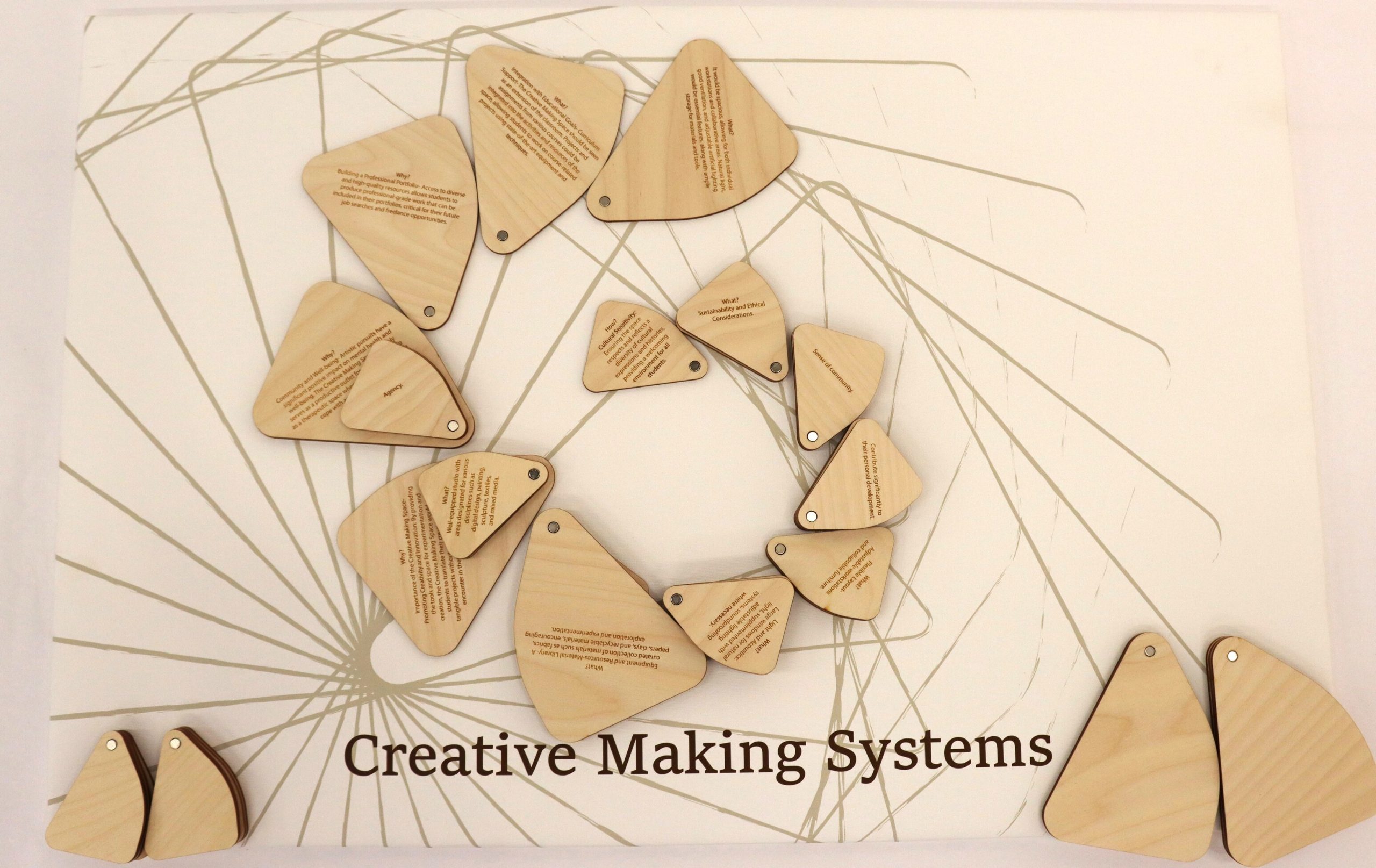
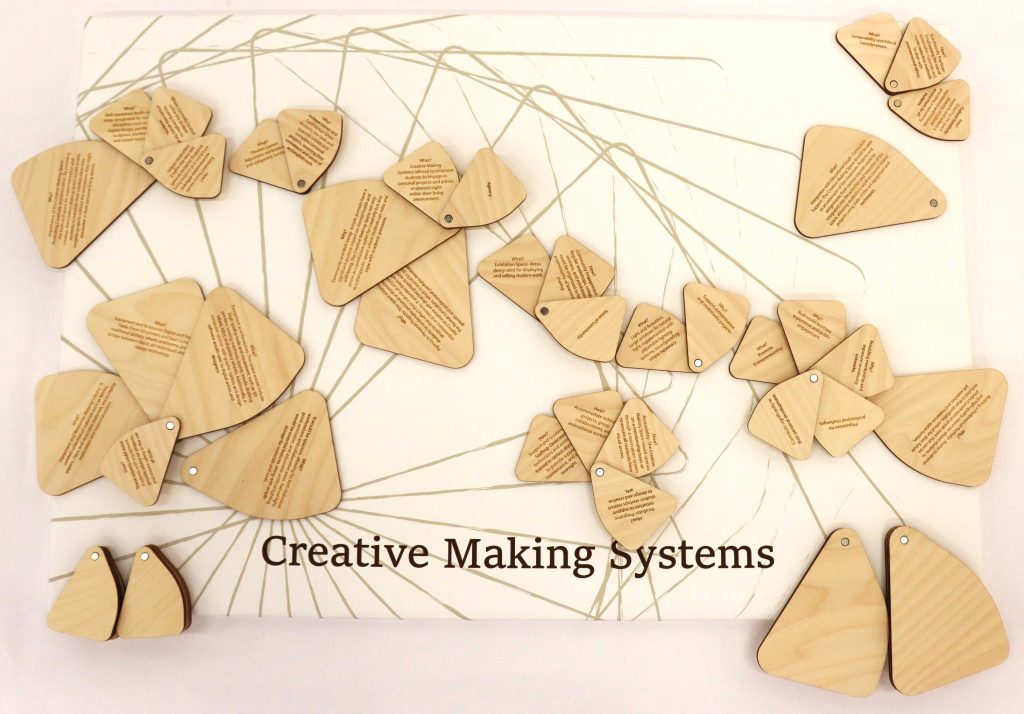

Inspired by the Bauhaus ideology of uniting all forms of art and design under one roof, and not separating living from designing, creative making system is aimed to provide students the agency to create in their domestic environment.
The social value of the model is being able to surround yourself with people you can grow and have intentional shared experiences with.
Living in dense buildings significantly reduces land use, preserving ecological nature, mitigating urban sprawl, while also enhancing energy efficiency through centralized infrastructure.
Living in a space with shared resources keeps the prices down, and is more economical. This propositional model also looks at continual funding from the government to help subsidize it for students.
Living with people you learn with also has a significant impact on your education, which contributes to the pedagogical value of collegiality.
By confronting the reality that students may spend up to 90% of their income on rent, often for substandard living conditions, “Let’s Talk Housing” challenges and seeks to redefine the existing paradigms of student accommodation. It aims to dismantle the barriers of financial strain and the sense of isolation many students face, exacerbated by temporary housing solutions and systemic inequities.
The initiative is more than just a response to a crisis, it’s a movement towards transforming student living into a space of inclusivity, environmental stewardship, and community connection. By encouraging students to actively participate in the design of their living spaces, ‘Let’s Talk Housing’ empowers them to craft environments that mirror their needs, values, and aspirations. This approach aims to transform housing from a source of stress into a cornerstone supporting both academic success and personal growth.
My goal is to create means of dialogue, and connection.
Click here
A Provocation.
A Speculation.
A Manifestation.
